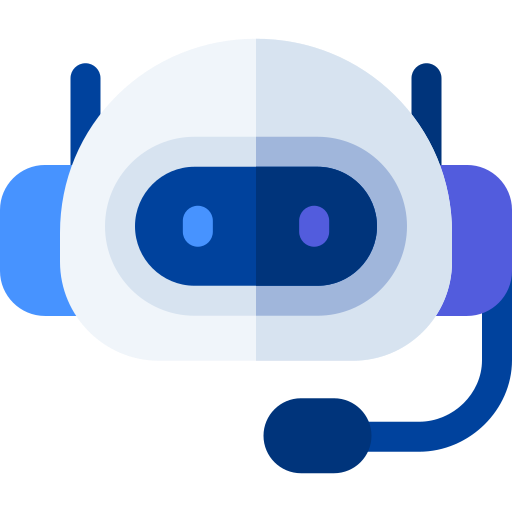The utilization of Domain Generation Algorithms (DGAs) by
sophisticated botnets poses significant challenges for cybersecurity.
However, TCPWave, a leading provider of DDI and ADC solutions,
offers robust security capabilities to detect, prevent, and alert against
such DGA-based attacks. In this whitepaper, we explore how TCPWave's
innovative technology and advanced features can effectively combat
notable botnets like Conficker, Necurs, and Gameover Zeus.
TCPWave's advanced DNS and IPAM solutions provide a powerful
defense against notable botnets that employ DGAs, such as Conficker,
Necurs, and Gameover Zeus. By integrating threat intelligence,
implementing robust DNS security measures, leveraging anomaly
detection and behavioral analysis, and enabling real-time alerts and
response mechanisms, TCPWave empowers organizations to detect,
prevent, and alert against DGA-based botnet attacks. With TCPWave,
businesses can proactively safeguard their networks, ensuring a robust
and secure DNS infrastructure in the face of evolving cyber threats.












